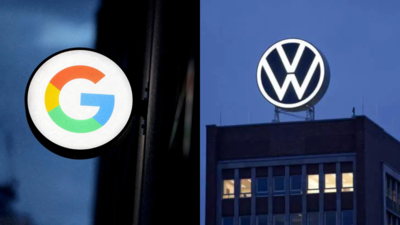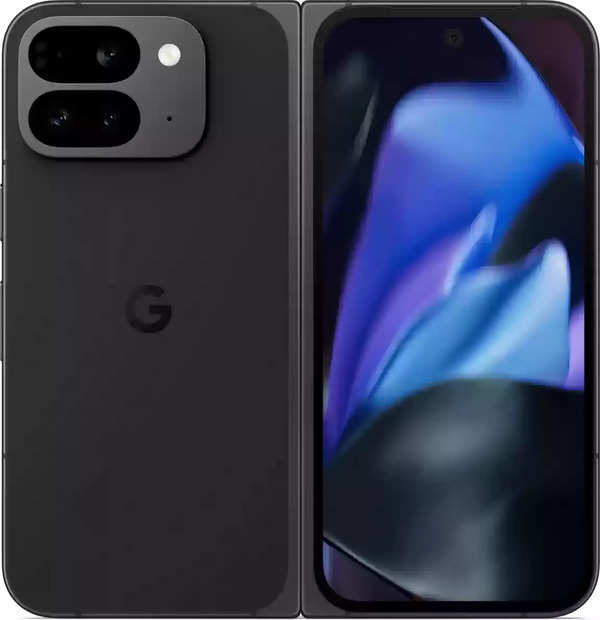- News
- Technology News
- Tech News
- Google has an AI solution for Volkswagen car owners
Trending
Google has an AI solution for Volkswagen car owners
Google is set to power Volkswagen's new in-app AI assistant aimed at enhancing the driving experience. Available on smartphones, it assists with vehicle information and maintenance queries.

This strategic move by Google reflects their larger goal of attracting businesses by offering them the tools to create their enterprise AI applications.
Volkswagen app AI assistant: Availability and how it will work
According to a report by the news agency Reuters, the AI assistant is free and will be available to about 1,20,000 owners of Volkswagen’s Atlas and Atlas Cross Sport models. The tool is also expected to arrive for models that were launched in 2020 or later by early next year.
Volkswagen's AI assistant will use Google's advanced Gemini large language models, which are capable of understanding and responding to natural language queries. Additionally, the assistant will utilise Google's cloud computing power to provide quick and efficient responses. To customize the experience for Volkswagen owners, data from sources such as owner's manuals and relevant YouTube videos have been integrated into the Gemini models, the report notes.
As per the report, car owners may be able to ask Volkswagen's in-app assistant questions like “How do I change a flat tire?” or point their phone cameras at vehicle dashboards to receive relevant information. However, Volkswagen has yet to share any details about the usage of its AI assistant so far, the report said.
What Google said about Volkswagen's AI assistant
In a statement to Reuters, Google Cloud CEO Thomas Kurian said that for this product, the company had to address complex technical challenges in achieving multimodality, the ability to handle and interpret various data formats, including text, images, and videos.
"The problem looks superficially simple, but it’s technically very complex. Most people think what we built is a speech-to-text translation system that then looks up a manual. Absolutely not,” Kurian said.
End of Article
Latest Mobiles
FOLLOW US ON SOCIAL MEDIA











